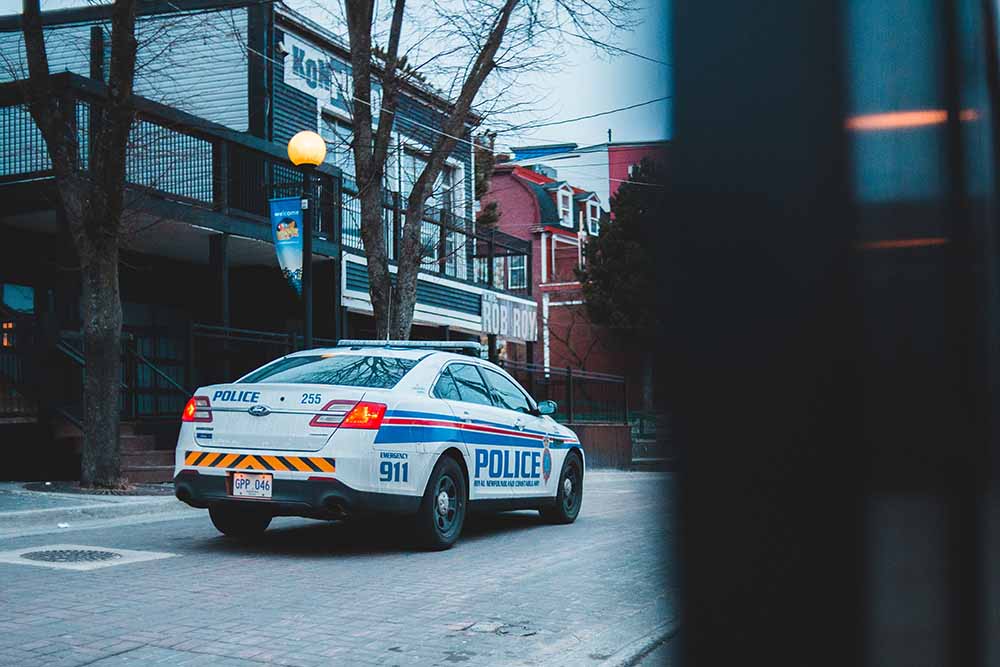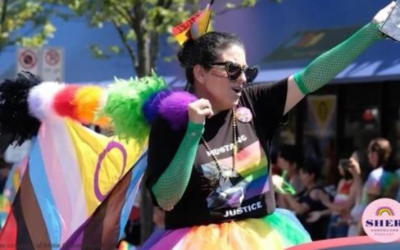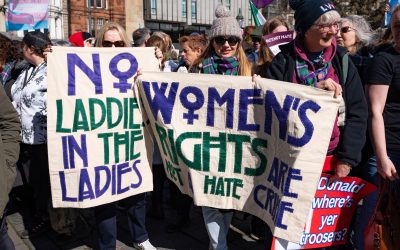Canadians are angry at the passivity of our governments and police forces in the face of Indigenous lawbreaking, such as the illegal land occupations, road and railway blockades, and breaches of conservation laws. Increasingly Canadians realize that there is “One law for them and one law for us.”
There’s a pernicious and civically unhealthy reason for this passivity, which our political leaders never talk about, but which is worthy of public debate.
Justice is deliberately being administered unevenly.
Canada is beset by a destabilizing and demoralizing concordance amongst its higher courts, political leaders, and senior law enforcement agencies. Essentially, the rule of law—as traditionally used by enforcement officials—is now being applied more leniently to Indigenous lawbreakers than to other Canadians.
This was illustrated in the Ontario Court of Appeal’s 2006 Henco Industries v. Haudenosaunee Six Nations decision, arising out of the illegal occupation of Henco’s residential development in Caledonia, Ontario. In that situation, the Ontario Provincial Police (OPP) sat back passively and did nothing while the property rights of Henco were being repeatedly violated by an Indigenous blockade and occupation.
Rather than stand up for the rule of law and have the trespassers evicted and charged, the Ontario government bought the land and allowed the occupation to continue, which the National Post described as “an astonishing decimation of the rule of law that went on for years, with the OPP and the Ontario government both denying the truth of what the citizens saw daily with their own eyes.”
Thankfully, a gutsy lower Court judge ruled that the governments of both Canada and Ontario should stop negotiating with these illegal occupiers until they leave the property. The Court of Appeal, however, overturned the lower Court decision, saying in effect that it had become moot since Ontario had bought the land and was now consenting to the occupation. As a result, the illegal occupation was seen as being “peaceful” and “reconciliation, not the force of law,” was “the best way to achieve a lasting resolution of this dispute.”
In specifics, the Court of Appeal wrote:
The Supreme Court has repeatedly said that negotiation, not litigation, is the best way for our country to reconcile the claims of our Aboriginal communities with the rights of the Crown…. Moreover, the Crown is under a moral, if not legal, duty to enter into negotiations in good faith. Ultimately, it is through negotiated settlements, with good faith and give and take on all sides, reinforced by the judgments of this Court, that we will achieve … the reconciliation of the pre-existence of Aboriginal societies with the sovereignty of the Crown.… While Aboriginal claims can be and are pursued through litigation, negotiation is a preferable way of reconciling state and Aboriginal interests.
Our lower Court judges, Crown prosecutors, and police forces are now being instructed by both higher Courts and political leaders that the rule of law as it applies to Indigenous groups is not absolute as it is for non-Indigenous Canadians, but rather the law is “highly textured.”
In this respect, the Court wrote:
Other dimensions of the rule of law have a significant role in this dispute. These include respect for minority rights, reconciliation of Aboriginal and non-Aboriginal interests through negotiations, fair procedural safeguards for those subject to criminal proceedings, respect for Crown and police discretion, respect for the separation of the executive, legislative and judicial branches of the government and respect for Crown property rights.
For our elites, both Indigenous and non-Indigenous, the rule and enforcement of law is regarded as merely one choice amongst the many on a wide-ranging menu, with the police making arrests and laying charges having a very low priority indeed. Law enforcement is increasingly being trumped by the vague, undefined, and incoherent goal of “reconciliation.”
It does not take a genius to realize that, despite the well-meaning Pollyanna pronouncements in Henco about “good faith” and “give and take,” this is a recipe for social resentment, divisiveness, and even more conflict. The experience of ordinary Canadians is showing that on the Indigenous side there is no compromise, rather, the illegal behaviour is consequence-free.
Why should it be otherwise? For negotiations to work, both sides need to have “skin in the game,” something to lose and some reason to negotiate and reach a compromise that is fair to both sides.
But as the law is being interpreted now, Indigenous groups face no negative consequences. They have nothing to lose, and everything to gain, so they have no reason to reach a compromise agreement. Their benefits and entitlements keep flowing regardless of what they do. So the “negotiations” are rarely in “good faith” as the Henco situation clearly illustrated.
Rather, increasingly more Canadians see that “negotiations” is a process where the Indigenous side gets what it wants, and other Canadians pay the price. The result is the opposite of reconciliation; it is a shakedown and everyone knows it is.
Ironically, this toleration of lawlessness could easily backfire against Canada’s Indigenous peoples.
History shows that in unstable and fearful times like the present, the rights of minorities—ethnic, religious, and racial groups—often come under attack by some majority group members. Universal laws and state institutions that make and enforce laws based on fairness and justice are often the only protection these minorities have standing between them and the virulent consequences of mob rule. As historian Timothy Snyder wrote: “Minorities depend most on the protection of the state and the rule of law, and it usually they who suffer most from anarchy and war.”
For this reason, the decision of the Ontario Court of Appeal in Henco is a dangerous derogation of the even-handed enforcement of the rule of law in Canada. It has created a slippery-slope, a dangerous precedent that cannot be denied when new, unforeseen, lawbreaking situations happen in the future. Henco’s toleration of Indigenous lawlessness and our police forces’ continued passivity will provide justification for others to engage in similar lawless behaviour. Witness the non-Indigenous Nova Scotia lobster fishermen taking the law into their own hands and destroying Indigenous property.
The Henco decision has certainly encouraged Canadians to disrespect non-Indigenous politicians, government, and police authorities. Is it not surprising that non-Indigenous people are beginning to see that the lawless behavior of Indigenous Canadians will result in ever-increasing “all take and no give” confrontations?
It is not possible to achieve “reconciliation” this way!
Canada and the provinces need to decide if the law should apply to all people. If the law does not apply equally then the present grave harm being caused to the social fabric of our country will only increase.
Do Canadians—all Canadians—want this or not? This is the fundamental question that must be answered.
Peter Best is a lawyer and research associate at the Frontier Centre for Public Policy. Peter has practiced law in Sudbury for the last 45 years and is the author of There Is No Difference- An Argument for the Abolition of the Indian Reserve System, (thereisnodifference.ca), which has been endorsed by retired Justice of the Supreme Court of Canada Jack Major.
Photo by Erik Mclean on Unsplash.



